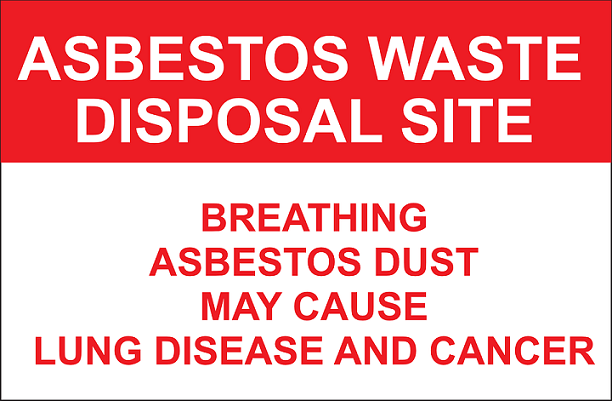Is the Air Quality in Your Home Safe?
According to the Environmental Protection Agency (EPA), American spend 90 percent of their lives indoors and testing shows that indoor air quality to be between two to five times more polluted than any outdoor air we may be breathing — including in those large cities. Shocking, right?
The good news is there are methods you can use to safely and effectively deal with indoor pollutants. Read on for a list of some of the biggest causes of air toxins and learn some natural solutions you can use to rid your indoor space of these offenders while maximizing the quality of air in your home.

Radon
Radon is a byproduct that occurs from the natural breakdown of uranium in the soil and bedrock beneath many homes. Because radon is a gas it can eventually leach into building materials and drinking water in and around your home. It does this by moving through cracks and other holes found in the foundation. Radon is a scary danger that could be lurking in your home.
Because of the link between this noxious gas and lung cancer, homeowners should employ one of these two solutions in riding their residence of radon. First, you may choose to conduct your own radon testing and can order a test kit online or at general home improvement stores. These DIY test kits come with complete instructions on proper placement of the device and where to send the results to learn the actual radon levels in your home. Consider checking out air filtration solutions for a healthier home like those from leading companies like Amway. Their Atmosphere Sky air treatment system was recently featured in Wired Magazine.
If you plan on purchasing a home in the near future, it’s a good idea to ask the home inspector to add air quality testing to their list, this will include a reading of the building’s radon levels and while it may cost a bit extra, your safety is worth it.
Inadequate Ventilation
This pertains to mostly the cooking and heating elements within your home. Do you have a gas stove, chimney or furnace in your residence? If the answer is yes, then you may want to have your carbon monoxide levels tested. Improperly ventilated or leaking heating sources such as those listed above are the leading contributors to poor air quality found inside homes.
Carbon monoxide at low concentration can disrupt oxygen levels causing people to feel a range of symptoms from fatigue to dizziness and confusion. At high levels of concentration, this gas has been shown to cause long-lasting heart damage in exposed individuals.
- Luckily, there are many natural solutions at the ready to limit your exposure to this harmful gas including:
- Install and use an exhaust fan vented to the outside of the home over gas stoves
- Have a trained professional inspect, clean and tune-up central heating system (furnaces, flues and chimneys) yearly
Repair any leaks immediately
In addition to these, experts recommend you ventilate your house often, meaning let your house breathe the same way we do. Open the doors and windows in your home to allow polluted air out and fresh air in.
Asbestos

Though it may seem counterintuitive, experts agree that a homeowner’s best protection against this mineral is to leave it alone, as asbestos is considered safe until it is damaged. If you are planning on remodeling or renovating your home, extra caution should be used. Contact a professional who is well versed in dealing with this potentially hazardous substance to ensure you properly rid your home and air of it.
Since asbestos is most commonly found in building materials and flooring, a natural solution to avoiding this pollutant in the first place is to choose hardwood flooring and be on the lookout for any type of textured paint or ceiling tiles used in your home. Asbestos has been linked to lung cancer mesothelioma and other lung diseases.
Takeaways for Improving Indoor Air Quality
The best approach to improving the air quality in your home may very well be employing a mix of professional help and DIY natural solutions. Remember not every home will have every pollutant present that is why it’s important to get qualified professional help when identifying your home’s vulnerable points. After the source(s) have been eliminated, you can easily fill your house with healthful air by trying out a few green remedies such as ventilating regularly and purchasing air-cleaning plants for your space. Seems like some small steps to take to ensure your health and the health of your family members.

Pingback: How Indoor Air Quality Worsens During the Winter